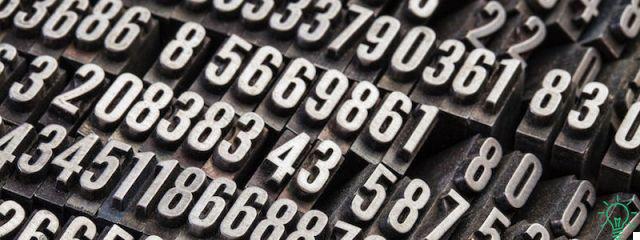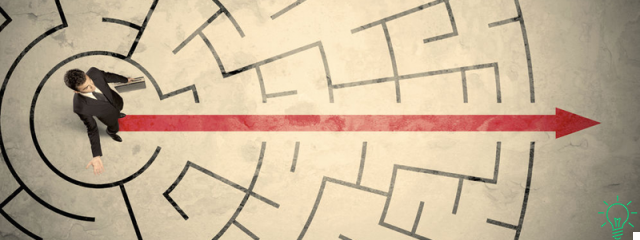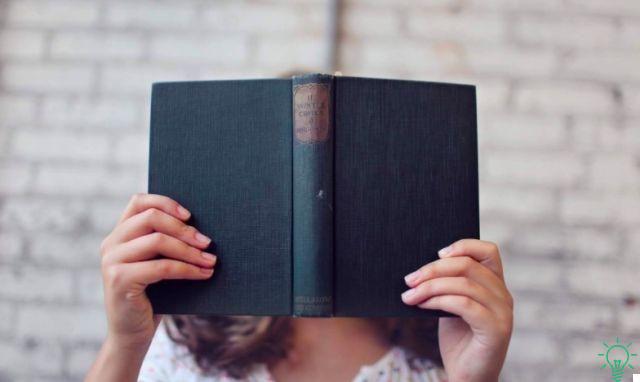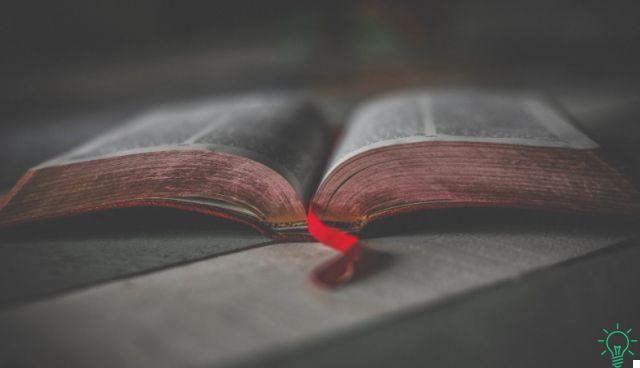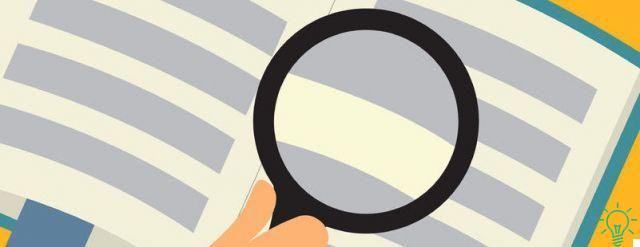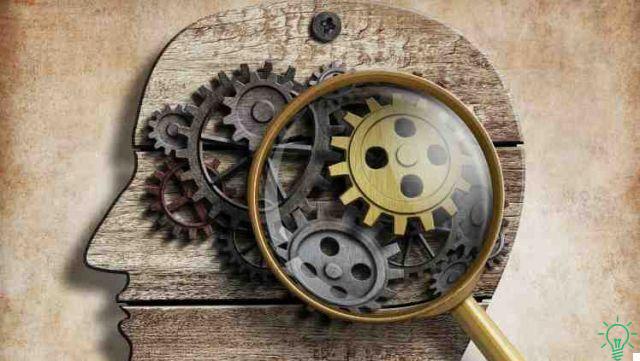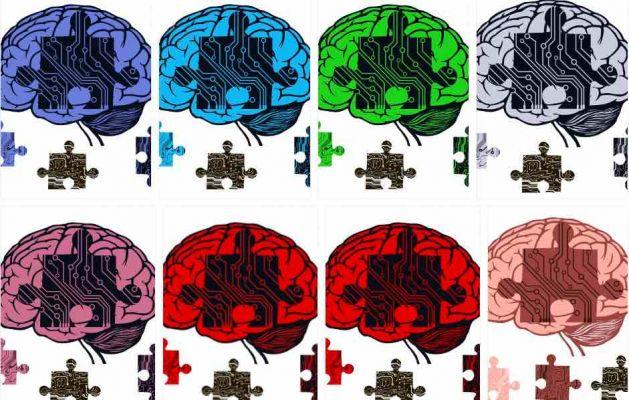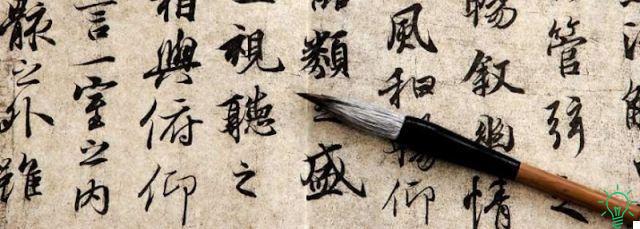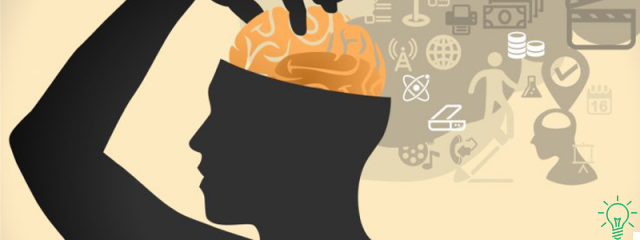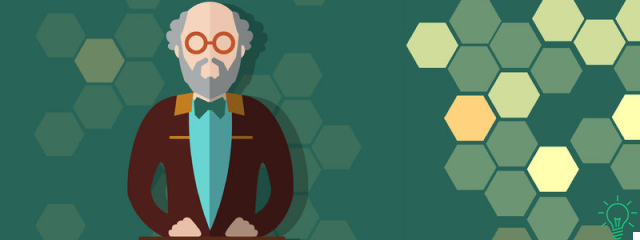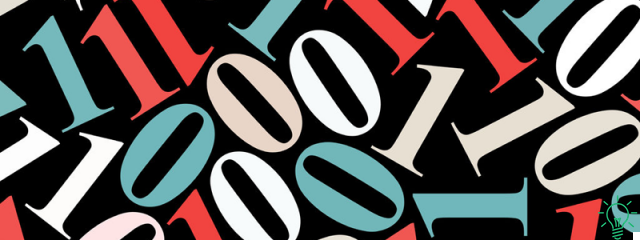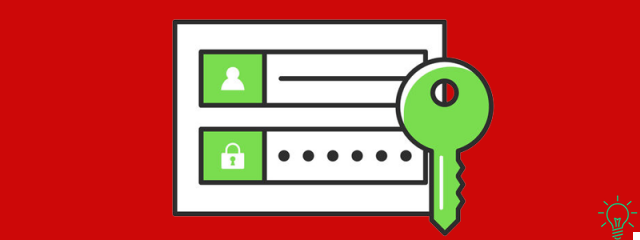
One of the blog readers, Giuseppe, gave me food for thought regarding the need to clarify the relationship between memory techniques e study method.
Many, in fact, are interested in memory techniques not only for passion or for playing with cards and numbers, but for real learning.
Very few, however, they really manage to integrate them effectively into their study method ..
If you know a little about the techniques, even if only because you have seen some demonstrations on television or on youtube, you know that they allow you to do things that are bordering on the unbelievable.
For example, memorizing the order of a 52-card deck, remembering dozens of names in a couple of minutes, learning long, random sequences of numbers very quickly.
These are mental efforts that seem superhuman to those who do not know the secrets of memory techniques, but which in reality, for those who know how to use them, are (relatively) easy.
There is a risk, however, in seeing those demonstrations, that a dangerous equation is triggered in the head:
"Since it would take me 5 hours to memorize a deck of cards while with the techniques it takes 5 minutes, if I learn them I will be able to remember anything in no time".
And so it happens to enroll in a weekend course that costs a lot of money, to learn notions for which it was enough to buy a good book, to go home super enthusiastic…. then failing to apply them at all successfully in the real studio.
I know this well because, practically every day, I receive emails in which someone tells me about this type of experience.
Why is applying memory techniques to study so difficult?
When you study the order of a deck of cards, the information is certainly very long to memorize, but it has some very specific characteristics:
- You don't need to have any knowledge background to memorize themIn fact, everyone knows what the various cards in the deck are called.
- They are easy to understand: it is in fact, trivially, the name of the card (eg Jack of diamonds) and its position (eg third position).
- It is not necessary to establish a hierarchical order of importance: that is, each card and each position has the same importance as any other card and position.
- The goal to be achieved is set exactly, both in terms of the type of information to remember (card and its position) and in terms of quantity (54 cards and 54 positions).
To memorize a deck of cards then:
- You don't need to have any context in which to enter information
- You don't have to do any kind of processing
- You don't have to choices fra le une e le altre
- You don't have to make any effort to understanding.
In short, you are in a situation that is ideal for immediately applying memory techniques, but which does not reflect the reality of the studio at all.
When you study a book, however, the information usually:
- To be effective, they must be incorporated into a context reference: for example, knowing the cranial nerves by heart without having an idea of what they are for is useless
- They must be including: if you remember words or phrases that you do not understand the meaning of, in fact it is like not remembering at all.
- They don't have a pre-established hierarchy: you must therefore decide what is more important and what less, what is to remember and what not (this is where many fall into the trap of trying to remember everything, which paralyzes the study instead of making it effective)
- I'm from type and difficulty extremely variable: and so, for example, to remember a page of a book you can take from a few minutes to hours.
- It is not indicated clearly what it will allow you to achieve your goal: and so it happens to be rejected even when you are very prepared, as long as you get a question that you did not expect to have to know.
In short, when you start studying, you are not faced with a well-packed list of simple and ordered data, knowing exactly what you need to remember and what not.
Instead, you find yourself in front of del apparently chaotic material, consisting of a complex and integrated set of concepts and data for which you have to find order, meaning and hierarchy.
Therefore, those who, after having acquired a smattering of memory techniques, try to use them in the studio without having understood what I have just told you, inevitably abandons them after a very short time.
But the problem is not in the techniques per se.
The problem is that memorization is only a specific aspect of a study method.
Perhaps the most tiring and long, but still only one.
And then the memory techniques they are not a complete study method, but a tool which can only be used if you create the conditions to do so.
Whether you use memory techniques or not, to get results you will still have a set of steps to follow, such as:
- Plan how long you will need it
- Decide when you will study
- To process study material quickly to get the big picture (find out how by reading the posts on skimming and quick reading)
- Read carefully, maybe more than once, to understand it thoroughly
- Underline, make diagrams and maps (actually it is not always necessary, but I also insert this point for completeness)
- To repeat what you are studying
- Do tests and exam simulations
The difference is that, if you want to use the techniques, you will have to insert a further step between them: creating effective images that represent the concepts and data you want to store.
Studying with traditional methods or with memory techniques are therefore two largely overlapping paths, that only at a certain point fork, and not even totally.
So let's go back to the mental equation we saw at the beginning:
"Since it would take me 5 hours to memorize a deck of cards while with the techniques it takes 5 minutes, if I learn them I will be able to remember anything in no time"
Precisely for what has been said so far, this is a wrong reasoning
In fact, unlike when you memorize the deck of cards, you will still have to invest a lot of time in all the other steps of the study method, those that allow you to prepare the material so that the techniques are applicable.
And only then can you use them, thus saving time in the memorization phase.
But what exactly does this preparation consist of?
Integrating memory techniques into a study method
I said a little while ago that you certainly don't learn in a weekend course, let alone if I can teach it to you in an article.
But I can tell you the essence.
It involves carrying out three precise actions on the study material:
- Synthesize the basic concepts and data
- Transform them in images that represent them.
- Insert pictures in a mental archive from which you can continually recall them
Actions that are almost impossible if you have not done all the preparatory work that is done with a good study method.
I'll give you an example with a simple sentence from a medical textbook:
“The renal glomerulus is a dense spheroidal network of arterial capillaries, responsible for filtering the blood. It is surrounded by the Bowman's capsule, a hollow, blind-bottomed spherical structure that wraps around the glomerulus to collect the filtrate. At the two ends of the renal glomerulus we find two arterioles that put it in communication with the circulatory system. Upstream we find an arteriole, called afferent, which carries the blood to be filtered; downstream we find an arteriole, called efferent, which carries the partially filtered blood "
If you have read it, it understands thoroughly, inserted in the context of the rest of the chapter, reworked, synthesized, you can then easily remember it with 1-2 images very expressive.
If, on the other hand, as almost everyone does when they start using the techniques, you try to remember it as if the info it contains were playing cards, or without having first studied it with a good method, here you find yourself with ten and more meaningless images. to be connected together.
Which, multiplied by the hundreds of pages of the book, will make the use of memory techniques a useless and frustrating torture.
Conclusions
Integrating memory techniques into a study method is not essential at all, you can have great results even without them.
So, if you are a student, before trying to use memory techniques, ask yourself if your study method is good enough.
In fact, kind of like you can't put a new, super-powerful engine on a machine that can't handle it, so you can't use complex tools like memory techniques if the rest of your method isn't solid.
When, on the other hand, you have a method, I don't say perfect, but good enough, here is that inserting the memory techniques tool can make you make a significant leap in quality, greatly increasing your memory and memory capacity.
To understand how, I leave you some useful articles:
- The palace of memory, where you can clarify many aspects of the functioning of this tool and find some small practical examples
- How to study pathological anatomy, in which dialogue with a medical student on the difficulties of bringing the techniques into the reality of the study
- How to learn a theatrical script, where instead you find a demonstration of how it is memorized almost word for word
- How to store legal data, with a practical demonstration of how to study to store legal data
Enjoy the reading! Anthony





